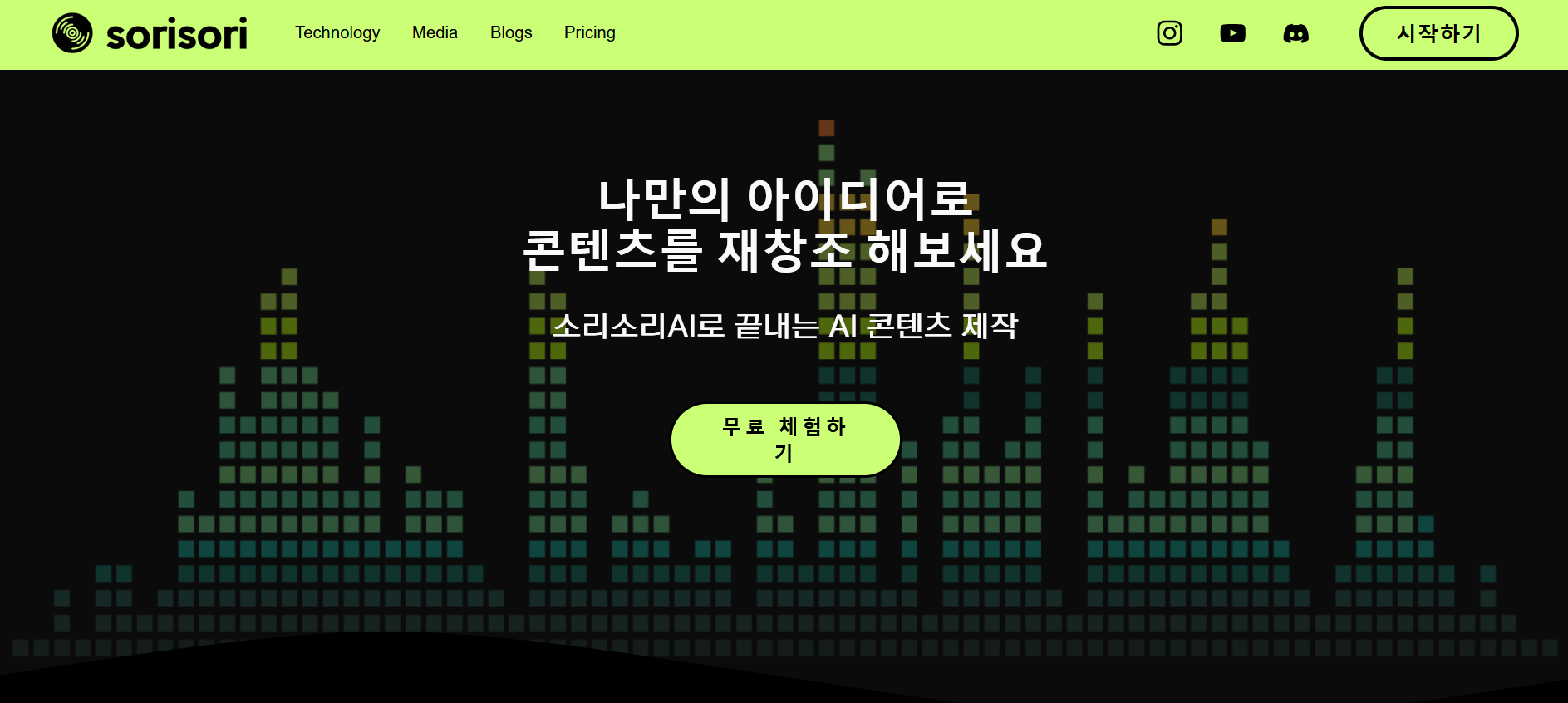Elemind is introducing an innovative neurotech wellness headband designed to enhance sleep by harnessing the power of neurotechnology, enabling users to fall asleep on demand.
This unique headband optimizes sleep performance by shifting brainwaves from wakeful patterns to deep sleep states. Clinical trials demonstrated that Elemind’s device reduced the time to fall asleep for 76% of participants, speeding up the process by an average of 48% and up to 74% faster.
Despite sounding almost too good to be true, this technology is rooted in five years of research and clinical trials, as explained by Meredith Perry, CEO of Elemind. “It’s wearable neurotechnology that mimics some pharmaceutical effects without the unwanted side effects. We chose to focus on sleep because it profoundly influences overall health, yet 80% of adults report needing to improve their sleep quality.”
Three months ago, Elemind emerged from stealth mode after four years of developing a new approach to health and wellness termed "electric medicine."
The headband personalizes sleep optimization by reading and responding to brainwaves in real-time. This makes it suitable for various individuals—whether suffering from insomnia, managing life with newborns, frequently traveling, studying for finals, or dealing with disruptive snoring.
Sleep Innovation
David Wang, CTO of Elemind, points out the substantial market for sleep products—valued at over $100 billion—but notes that most fail to address the core consumer need for control. Currently, 68% of adults face difficulties falling asleep.
Elemind's technology predicts brainwave patterns as they are generated, allowing it to create auditory stimuli that can either disrupt disruptive waves or align with pain perception. "Current sleep solutions either try to create better sleep environments or simply mask problems, often leading to a dependence on substances," Perry explains. "Elemind provides the control we all desire over our sleep.”
This wearable device guides brainwaves in real-time, employing tailored sound stimulation that effectively changes behavior more naturally and intelligently than pharmaceuticals.
“Elemind’s patented algorithm empowers users to ‘start and restart sleep,’ giving them more control over their rest and daily performance,” Perry notes. “It works like noise cancellation for the brain, allowing you to block out stress and fall asleep faster.”
Ryan Neely, VP of Science and Research at Elemind, adds, “Our innovation targets the brain directly. We accurately measure EEG signals to provide precise acoustic feedback, facilitating a transition from wakefulness to sound sleep.”
Unlike traditional sleep aids, which alter brainwaves without real-time precision, Elemind’s approach is rapid, drug-free, and devoid of next-day grogginess.
How It Works
Using non-invasive sensors embedded in the headband, Elemind detects wakefulness by reading brainwaves through the skin. The technology modulates neural oscillations with sound waves, rooted in the principle of auditory stimulation, eliminating the need for FDA approval.
Elemind's technology does more than improve sleep; it also offers benefits like tremor suppression. The first algorithm developed led to innovations in manipulating brainwaves by utilizing sound stimulation.
While many current sleep wearables merely track sleep, Elemind's headband actively promotes the transition into sleep by initiating a sleep session with a double-tap of a button, ensuring you can easily return to slumber if awakened.
“We were committed to perfecting this product so that users experience seamless sleep every night,” Perry emphasizes.
The importance of quality sleep cannot be understated; poor sleep compromises immunity and mental acuity, while sufficient rest enhances emotional regulation and overall well-being.
Comfortable Design
The Elemind headband integrates cutting-edge neuromodulation technology into a comfortable, easy-to-wear design. Soft and lightweight, it can be used at night or during naps, promoting a tranquil sleep experience.
The accompanying smartphone app enriches the user experience with extensive customization and analytics, including overall sleep performance, duration, efficiency, and nightly movements. As the beta program rolls out, Elemind will introduce features like the AI Sleep Tailor and Deep Sleep Stimulation, enhancing sleep quality based on individual patterns and feedback.
With an all-night battery life, the headband charges easily via USB-C, streamlining the user experience.
Clinical Trials and Research
Elemind’s team is comprised of scientists and doctors from esteemed institutions like MIT, Harvard Medical School, and UC Berkeley. “Brainwaves play a crucial role in our sleep and emotional states. After 100 years of EEG research, our patent-pending algorithm a few years ago allowed us to respond to and improve brainwave patterns,” Perry states.
The depth of Elemind's research is evidenced by five clinical studies and multiple patents. These trials analyzed over 112 participants and a cumulative 876 nights of sleep, focusing on induced sleep, tremor suppression, memory enhancement, and pain threshold increases.
With over $10 million invested in product development and rigorous testing, the Elemind headband stands as a testament to innovation in health and wellness.
Beta Program
Currently, Elemind is offering an exclusive beta program for early adopters to experience their technology firsthand. During this period, purchasers will enjoy a complimentary 12-month membership, gaining early access to app features and the opportunity to provide feedback.
The headband will retail for $349 during beta testing, with a subscription model at $6.99 per month, suggesting potential expansion in product offerings down the line.
As the first application of its research, Elemind aims to extend its innovations beyond sleep, establishing itself as a leader in holistic health solutions.
Perry states, “We’re starting with sleep, but eventually, the Elemind headband will unlock a broader range of wellness capabilities. Think of it as our Tesla Roadster—just the beginning of transformative possibilities in health technology.”




